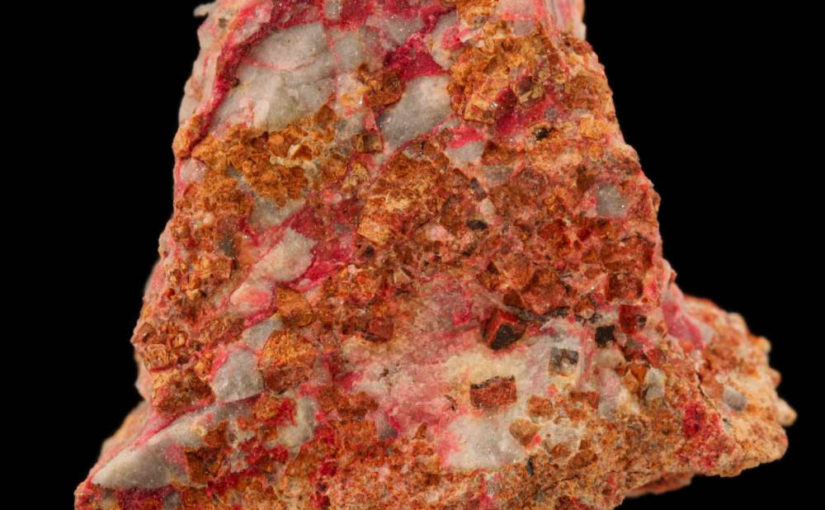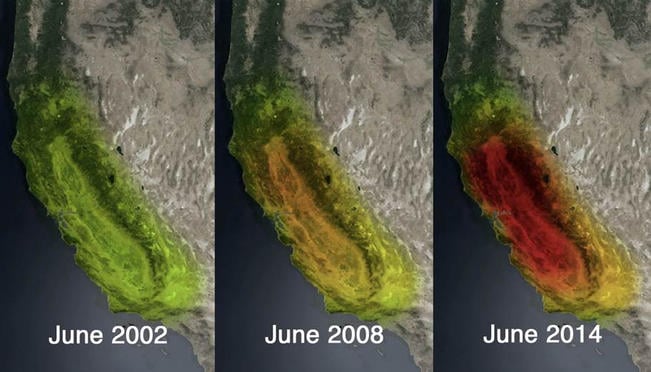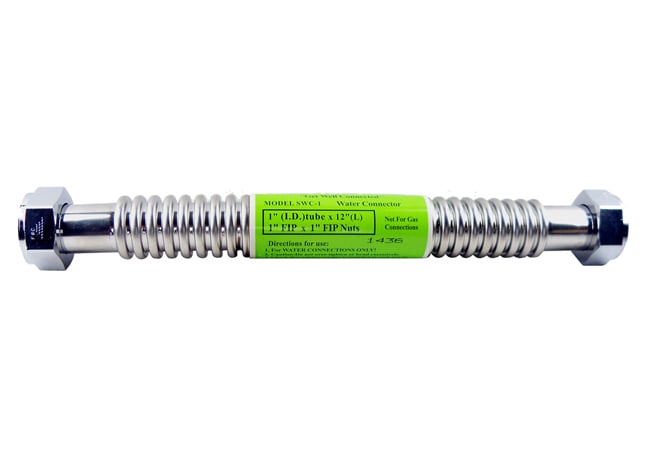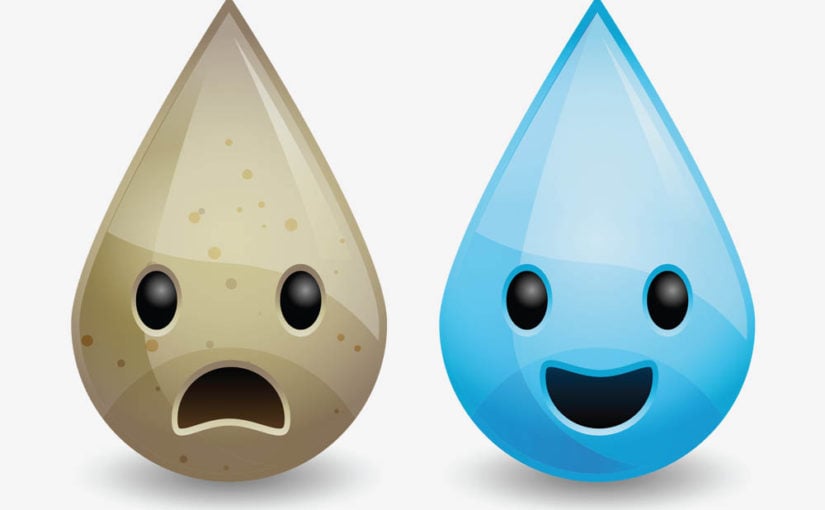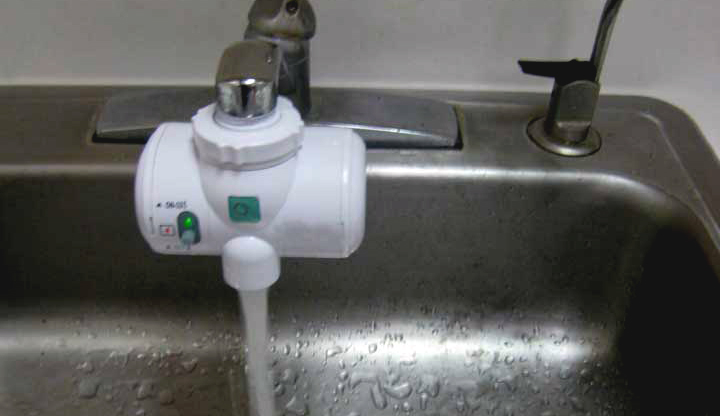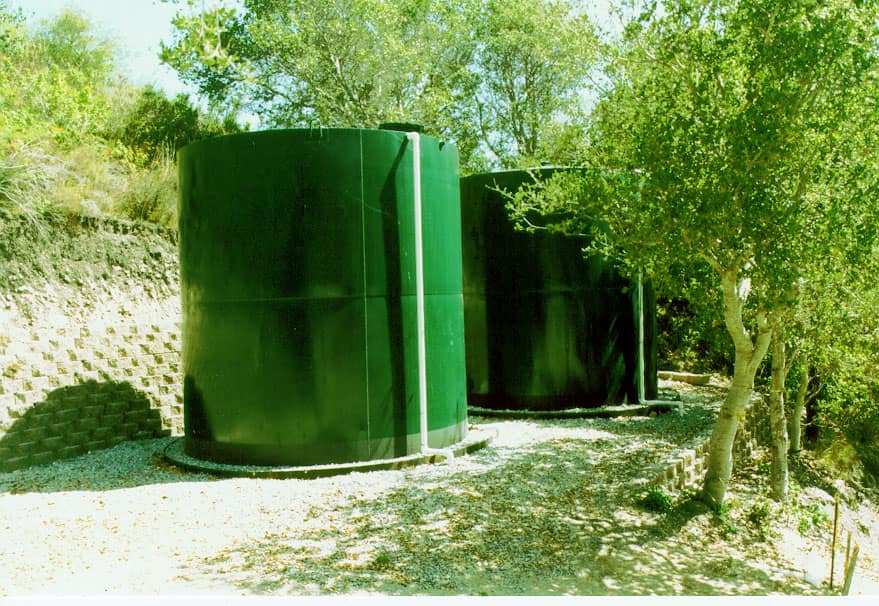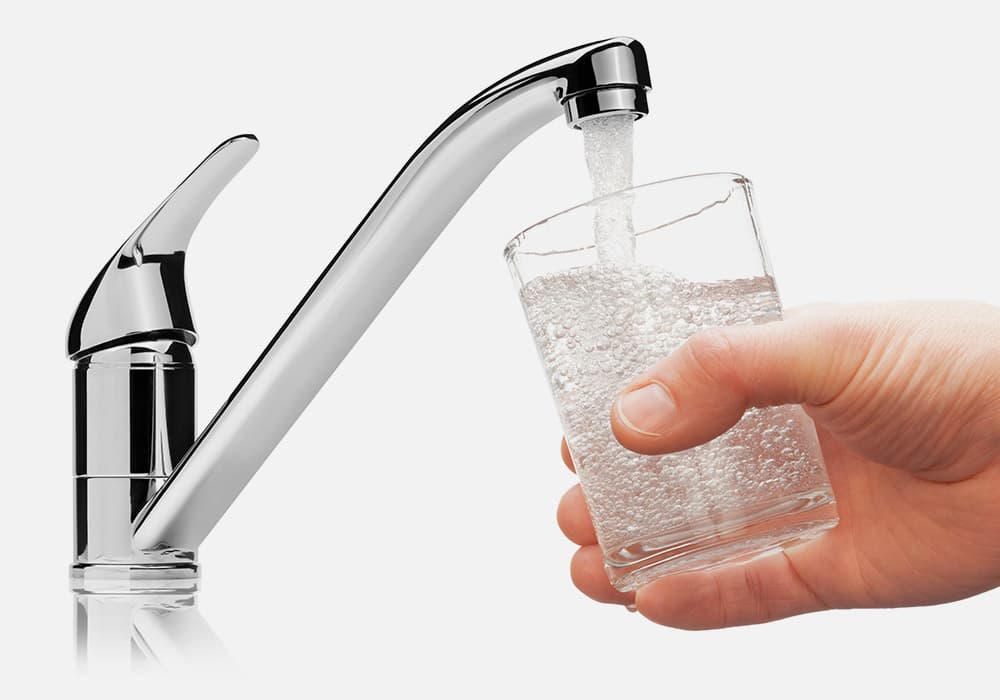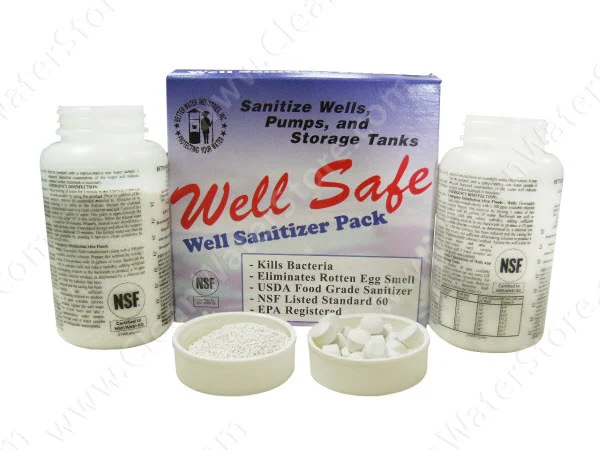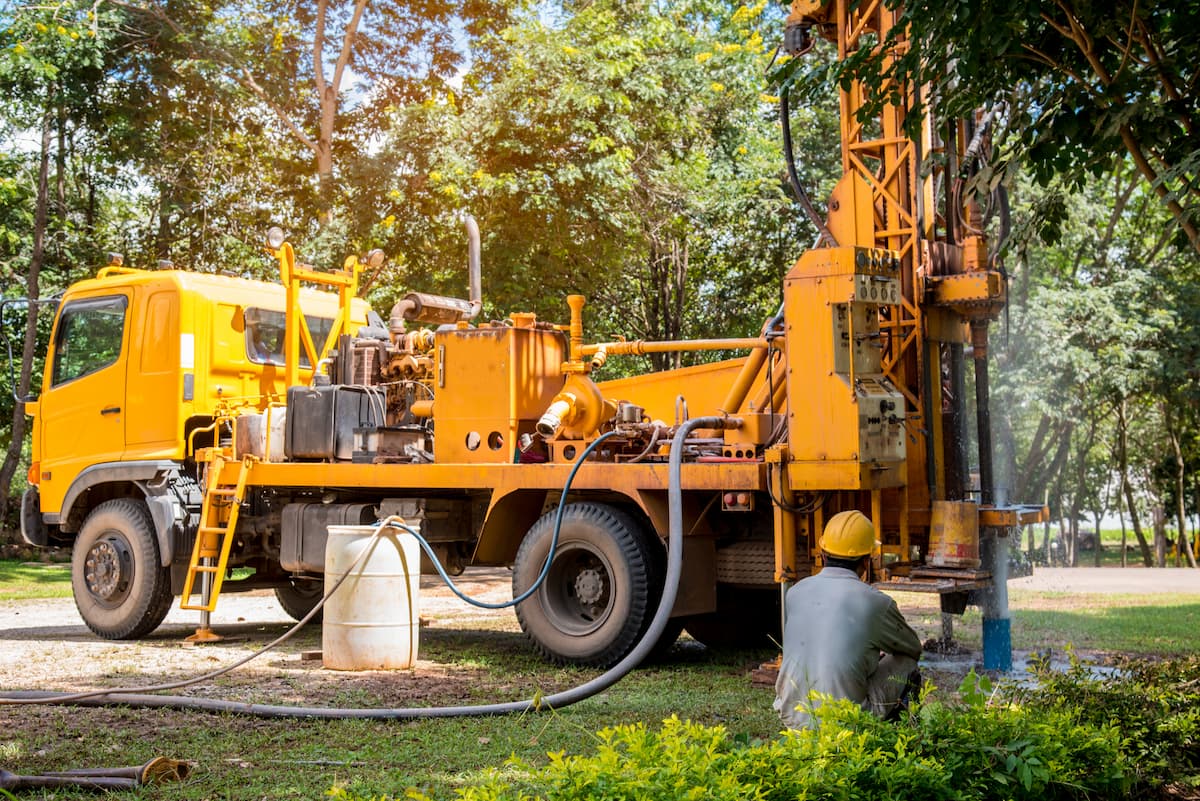Often contaminants leave behind a trace detectable by your senses, but not always. Steps to determine if you may have problems with your water: 1. Get your water quality tested in a lab! A basic mineral analysis will show the most common issues, such as iron, manganese, dissolved solids, tannins, pH, and hardness. EPA certified … Continue reading Bad Water May Look, Taste, or Smell Like Good Water!
Category: Water And Health
Arsenic Contamination of Well Water: A Real Issue
Arsenic, a natural occurring element in the geology of many regions, is an important contaminant of well water to look out for. The map above shows wells sampled across the country and their arsenic concentration levels. The EPA's maximum contaminant level is strictly set for public health concerns at 10 micrograms per liter. Local … Continue reading Arsenic Contamination of Well Water: A Real Issue
Spin Down Filter Cleans Garden Well Water
Spin Down Filter Cleans Garden Well Water Periodically we donate water filters and/or offer technical support free of charge to non-profit organizations and charities. Recently we had the pleasure of helping the folks at the Free Farm Project in San Francisco use a Spin Down Filter to clean up sediment from their well water source! … Continue reading Spin Down Filter Cleans Garden Well Water
New, Striking Images From NASA Show California Groundwater Loss
Anywhere in California it is easy to see the effects of the latest drought. Surface water levels, such as lakes and rivers, are visibly low and changes in landscape vegetation are obvious. Windshield wipers on California cars have been put to little or no use. But what about the impacts on water resources we can … Continue reading New, Striking Images From NASA Show California Groundwater Loss
Using PVC for a UV Sterilizer? Think Again!
PVC UV Sterilizer: Think Again Before Using! Here at Clean Water Systems, we sell quite a few UV sterilizers. Recently, one customer asked whether she could use plastic PVC piping to connect in and out of her UV sterilizer. UV sterilizer installation kits often include components that facilitate easy and tool-free connections to various types … Continue reading Using PVC for a UV Sterilizer? Think Again!
Never Fear Manganese with These New Filters from Clean Water Systems
Manganese is a naturally occurring mineral that often accompanies iron as a waterborne contaminant. It is found in rocks and soil and is a necessary part of a healthy human diet. While low levels of manganese are harmless – beneficial, in fact – higher levels of manganese contamination and ingestion can cause serious health concerns, … Continue reading Never Fear Manganese with These New Filters from Clean Water Systems
Whole House Water Filter Systems for Chlorine and Chloramines, Part III
We will finish our series on Whole House Water Filter Systems for Chlorine and Chloramine Removal today with a look at one final chlorine removal method: the filter cartridge. Unlike the CX-MCA Aquasorb mentioned last Wednesday, regular carbon filter cartridges cannot remove chloramines. However, they will effectively filter chlorine and can be preferable if your … Continue reading Whole House Water Filter Systems for Chlorine and Chloramines, Part III
Bacteria Killers: A Guide to Popular Water Disinfectants
Hello again, Clean Well Water Report readers! As you may have read yesterday, we are devoting this week to discussing CT values. Yesterday we explained how CT values are calculated, and why they're crucial to determine when disinfecting home water supplies. Now that you know how to calculate CT values for various disinfectants, we want … Continue reading Bacteria Killers: A Guide to Popular Water Disinfectants
“What is a CT Value?”: The (Simple) Math Behind Water Disinfection
“What is a CT Value?”: The (Simple) Math Behind Water Disinfection Water disinfection is crucial to ensuring that it is safe to drink and free of harmful bacteria and other organisms. The primary methods of disinfection are chlorination, hydrogen peroxide injection, ozone, and UV light, each requiring absolute quantification of contact time and dosage to … Continue reading “What is a CT Value?”: The (Simple) Math Behind Water Disinfection
Well and Hot Water Smells
Can't you smell that smell? While well water users are more prone to experiencing odors and bacteria in their water, city water users should not feel immune to water contamination by bacteria and odor. There are many ways for such contamination to occur and more than a few available treatment methods. But which is right … Continue reading Well and Hot Water Smells


